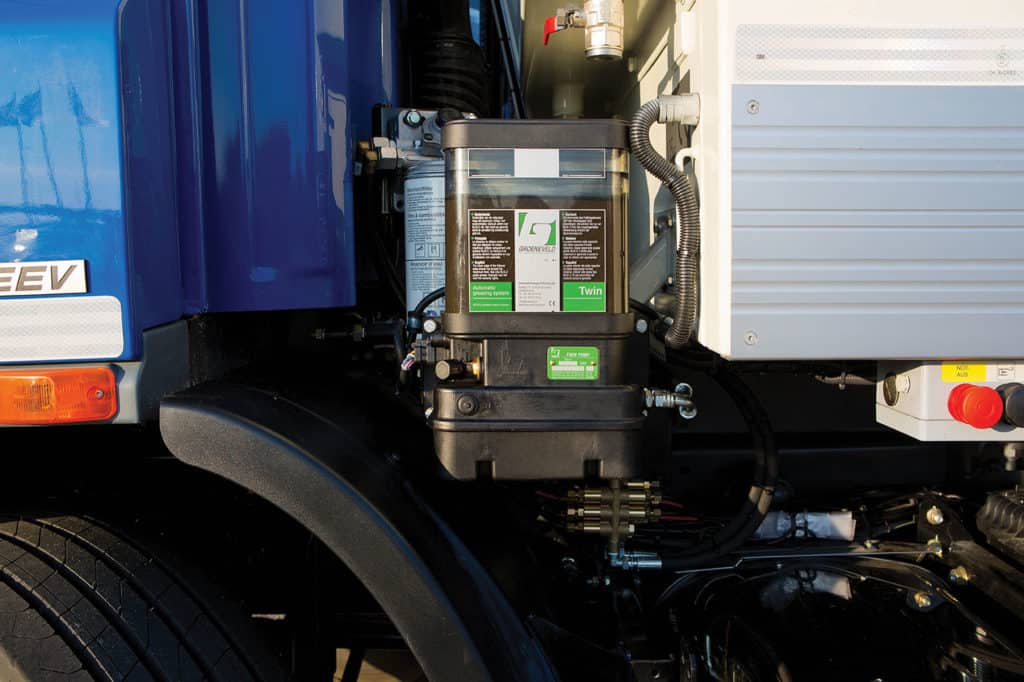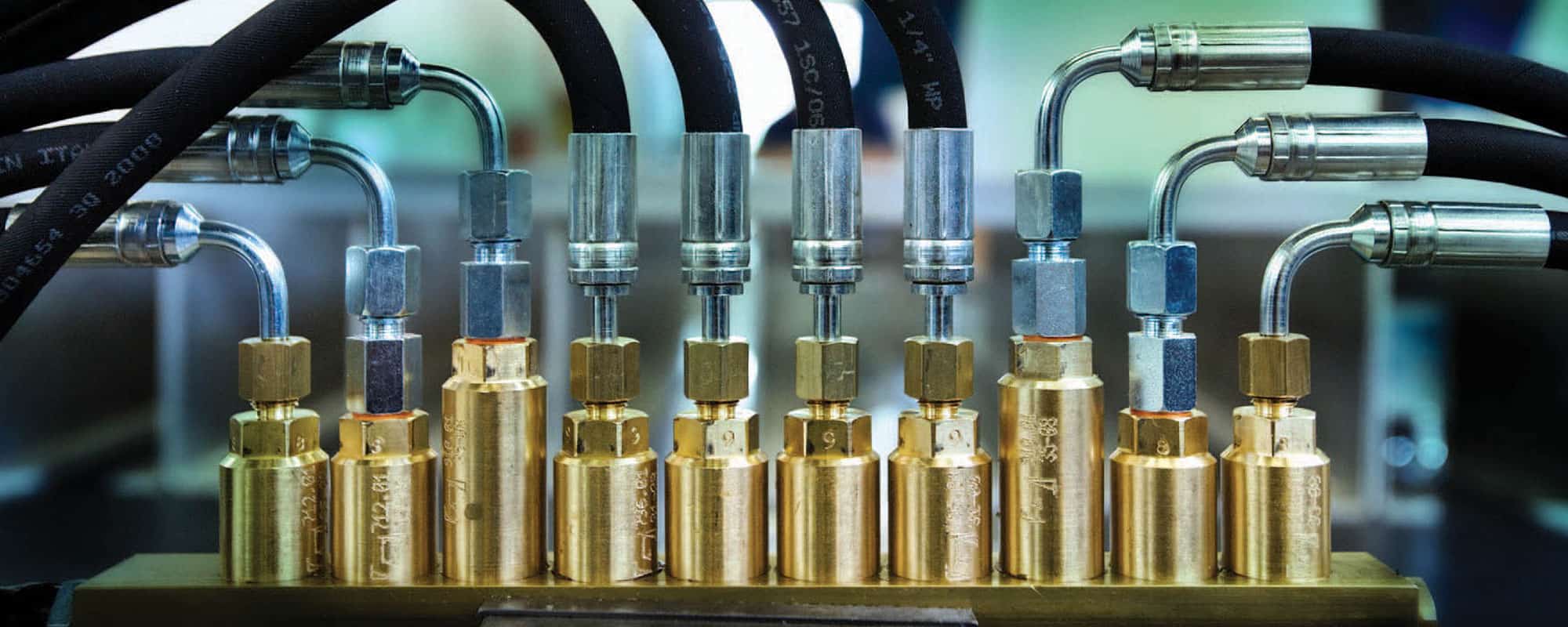Sustainability
The Sustainable Advantages of Groeneveld-BEKA’s Twin Line
Wilson Balbiani, of Groeneveld-BEKA Lubrication Systems by Timken, weighs in on how automatic lubrication products are making off-road construction and port equipment more environmentally sustainable.

Wilson Balbiani, of Groeneveld-BEKA Lubrication Systems by Timken
Name: Wilson Balbiani
Title: R&D Director, Groeneveld-BEKA
Location: Valmadrera, Lombardy, Italy
Product Pick: Groeneveld Twin, Parallel NLGI-2 Lubrication System
Why: Reliable, environmentally sustainable performance
Quote: “I always come inspired to work. It’s respectful to my colleagues. It’s respectful to myself.”
Wilson Balbiani has spent more than half his life at Groeneveld, starting in 1996 as a junior engineer just out of high school. Over his career, he has spent time in both technology and commercial sales positions, helping to open Groeneveld Russia in 2010. Today, he directs research and development for Groeneveld-BEKA.
What applications is the Twin Parallel NLGI-2 designed for?
Balbiani: The Groeneveld Twin runs mostly in off-road equipment used in the construction and port industries — so, excavators, wheel loaders, dump trucks, ship-to-shore cranes, straddlers, and gantry cranes. These machines require sticky NLGI-2 grease, rather than liquid grease, because it holds onto the bearings longer and holds up better in dirty, dusty environments.
Most customers are used to greasing equipment manually. Typically, they put a large amount of grease in at once, and half of it squishes out, resulting in immediate waste and possible ground contamination. With the Twin, a drop is released automatically at regular intervals while the machine is running, so the right amount gets spread on the pin, exactly where it’s needed. You save the manual labor of greasing the machine, and you also save on machine downtime because you don’t have to stop work and spend an hour greasing it.
Of all the products that Groeneveld-BEKA offers, why is the Twin your favorite?
Balbiani: It’s the most reliable greasing system on the market. We used to call it the Rolls Royce of automatic lubrication systems, because everything you need comes standard.
What makes the Twin stand out as an environmentally sustainable product?
Balbiani: The Twin’s unique, patented system allows the customer to adjust greasing quantities for each use of the machine, reducing significantly the problem of wasted grease and polluted environments.
Without moving from the machine cabin, you can easily select different cycles for different work modes from an in-cab display.
For example, if you’re working with an excavator for a couple of hours straight, you can set it to “normal duty.” If you’re working with other machines or people —maybe you work 15 minutes and then you wait for an hour and do 15 minutes more — you can switch the Twin system to “low duty,” to reduce grease consumption. If you’re working the machine hard and you want extra protection, you can raise it to “heavy duty.”
The Twin is also suitable for biodegradable grease, which makes it more versatile for customers who may be thinking about moving to more environmentally sustainable options.
For the latest generation, we added more recyclable materials — materials coated in environmentally friendly ways — so that when the product is eventually dismantled, it has less impact on the environment.

Groeneveld Twin Line automatic lubrication products are often used in off-road construction
How does the Twin fit into the rest of the Groeneveld-BEKA product line?
Balbiani: With Timken’s acquisition of BEKA, we significantly broadened our portfolio of automatic lubrication systems. BEKA’s progressive systems serve a wide range of industries, including wind energy and food and beverage. Historical Groeneveld, BEKA or Timken customers now have the support and competence of all three companies at their disposal.
While our BEKA lines include dual-line progressive systems, those are generally for large, industrial applications. You’re talking about a big pump that is maybe 1-2 meters high, greasing 800 to 1,000 greasing points. The Twin was built for smaller installations, moving from a single line to a dual line for added value and reliability.
What is the value of the Twin’s dual line system?
Balbiani: Single-line automatic lubrication systems work well for on-highway trucks, trailers, buses, and other vehicles that use a lighter grease. But when you replicate those systems in heavy-duty vehicles that use NLGI-2 grease, the pressurized grease stays for a long time, and at extremely high pressure, it can harden into soap.
When we were developing the Twin, we started with one-and-a-half lines, but found we needed two lines to avoid using very large metering units with strong return springs. By alternating the pressure lines pushing out the grease, we were able to keep the system small, relatively inexpensive and suitable for small machines.
It was tricky to develop the technology, but when we got it right, we got it right. The Twin pump has been reliably serving customers for 25 years, mechanically. What has improved is pump communication technology, materials, dependability and the use of recyclable materials. Customers who buy Twin systems tend to stick with them for years — that’s my experience.
Read more about Groeneveld-BEKA’s dual-line lubrication systems, and Timken’s commitment to environmental sustainability.
Last Updated: 2023/10/25
Published: 2020/10/28
